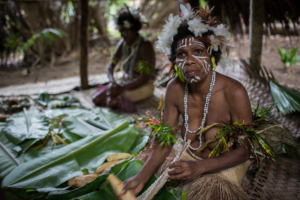 Recent genetic studies of Pacific Islanders are revealing new insights into Oceania’s health challenges. In turn, these insights may drive sustainable solutions that improve community health and save lives.
Recent genetic studies of Pacific Islanders are revealing new insights into Oceania’s health challenges. In turn, these insights may drive sustainable solutions that improve community health and save lives.
Convenience-food diets, obesity, lack of resources and the health challenges that result from these conditions are escalating in many island nations in the Pacific. Worse, the resulting non-communicable diseases (NCDs) are leading to an increase in preventable deaths. Activists from many nations are working to better protect many Pacific Island populations from Oceania’s health challenges.
Oceania
Oceania is a group of countries and territories that share a border with the Pacific Ocean. These 14 countries and territories are diverse culturally, economically, geographically and demographically. Oceania includes the large and wealthy countries of Australia and New Zealand and smaller and less affluent countries including Figi, Tonga and Palau.
Vulnerability
Indigenous people in Oceania are more genetically prone to gut issues and certain NCDs that evolved during colonization. While traditionally, Oceania diets were low-energy-density, the introduction of processed foods and more modern snacks brought obesity and linking issues. Before colonization, there was little to no obesity in the Pacific Islands. According to a 2019 study published in Frontiers in Immunology, “During the period of nutritional transition, the people came to consume energy-dense foods imported from Australia and New Zealand.”
The study reports that certain health conditions disproportionately affect specific indigenous populations including the Polynesians in Hawaii, the Maoris in New Zealand, and the Aboriginal and Torres Straits Islanders in Australia compared to non-indigenous people in the same places. Mortality rates, NCDs and fertility decline are all issues that disproportionately affect these populations. Studying Pacific Islanders’ health data more closely, as this study did, may lead to sustainable solutions.
Environmental factors such as urbanization, sanitation and pathogen exposure also have the potential to increase disease susceptibility. Genetic vulnerability in the form of microbiome genetic mutations and immune function justifies population-specific medical studies and consideration in regards to nutrition. Accessibility and food insecurity have also driven people to foods that are low in nutrition.
Solutions
There are several specific solutions to combat the sharp rise in NCDs in the Pacific Islands. One strategy is better health monitoring. Current medical data surrounding nutrition is almost nonexistent and therefore Pacific Islander nutrition lacks proper evaluation. Increasing data and enhancing research in this area can better inform people about their eating habits.
The George Institute for Global Health, Fiji National University, Sydney University and Deakin University have created the Global Alliance for Chronic Diseases project. This effort hopes to collect data on preventable deaths and possible food policy initiatives for the future. The researchers already found that decreasing salt intake by one gram a day for a year would prevent heart attacks and strokes and save 131 lives a year.
A second strategy is creating a sustainable interest and consumer demand for fresh and healthy foods. Since COVID-19, Fiji’s Ministry of Agriculture has distributed seeds for people to grow their own food at home. Additional countries could benefit from a program like this as well.
Other strategies include projects and policies that focus on building a stronger market for healthy foods. Finally, the study suggests applying a gender lens to improve Oceania’s health challenges. While more women are joining the workforce, they continue to play the primary role in caring for and feeding their families. They do not have the time to prepare complicated meals so they are turning to convenience foods.
World Bank Showcases Oceania Women Leaders
The 2019 genetic study, others like it and the projects mentioned above are setting a trend of focus on the nutritional health of Pacific Islanders. Sustainable change and progress are occurring throughout Oceania. This progress prompted the World Bank to showcase some inspiring women who are starting to implement solutions to Oceania’s health challenges. In Samoa, Lenara Tupa’i-Fui is the assistant CEO of Health Information Technology and Communications at the Somoa Ministry of Health. She is helping lead the Samoan eHealth system that will better track medical records and provide accessible health monitoring and data. As program director of the Partnership of Human Development in Timor-Leste, Armandian Gusmão Amaral advocates for better health care, especially for women and children. She also focuses on mentoring women to pursue careers in the medical profession.
Looking Ahead
Advocating for better data tracking and health communication, increasing the understanding of and demand for healthy foods and applying a gender lens to improving eating habits are all steps that are helping the vulnerable in Oceania take action on their health.
– Karen Krosky
Photo: Flickr
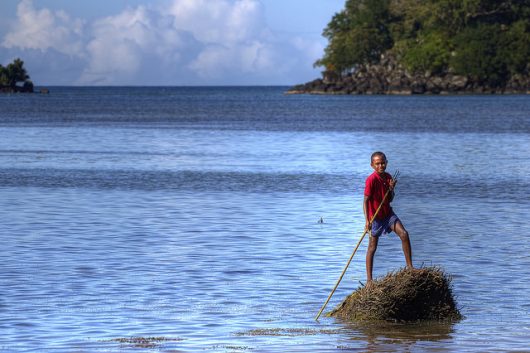


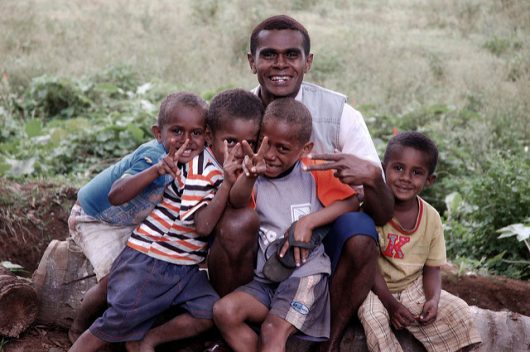

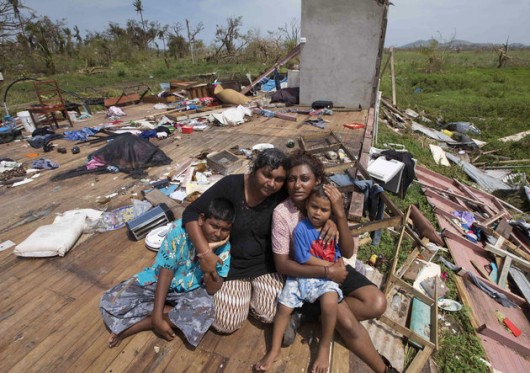
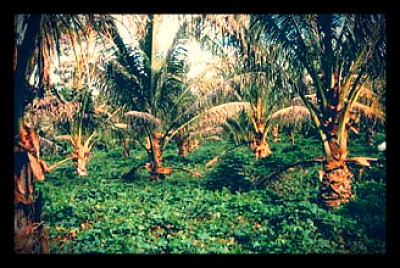 For many Pacific Island Countries, a huge factor in their economic survival and competitiveness is their agricultural exports. In Fiji, aid coming in from the European Union, Australia, and
For many Pacific Island Countries, a huge factor in their economic survival and competitiveness is their agricultural exports. In Fiji, aid coming in from the European Union, Australia, and 